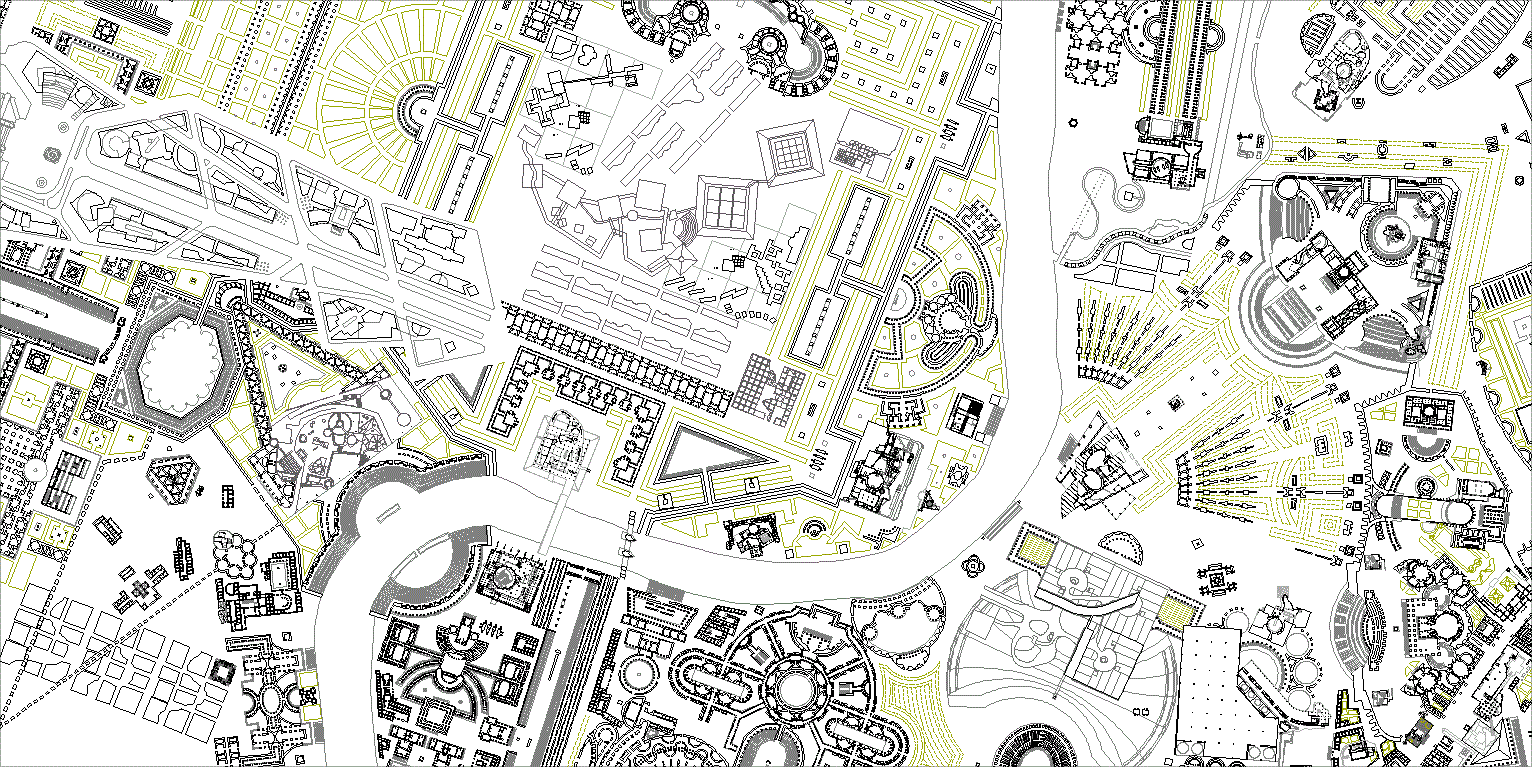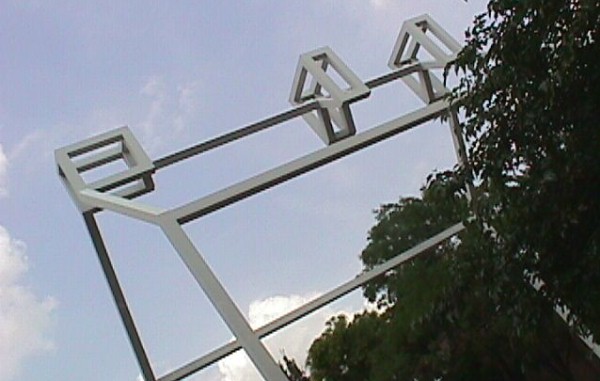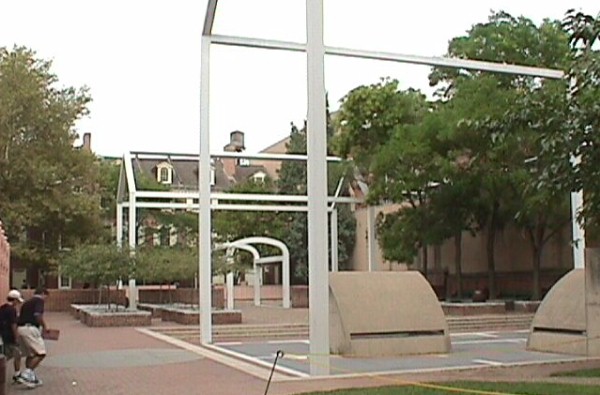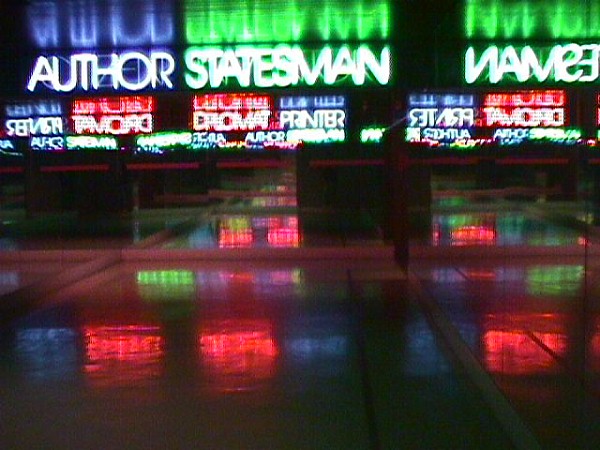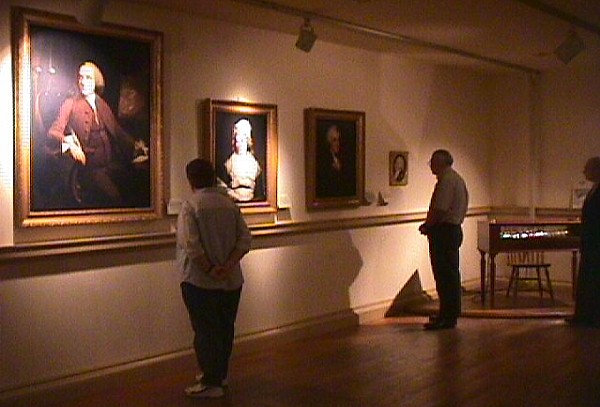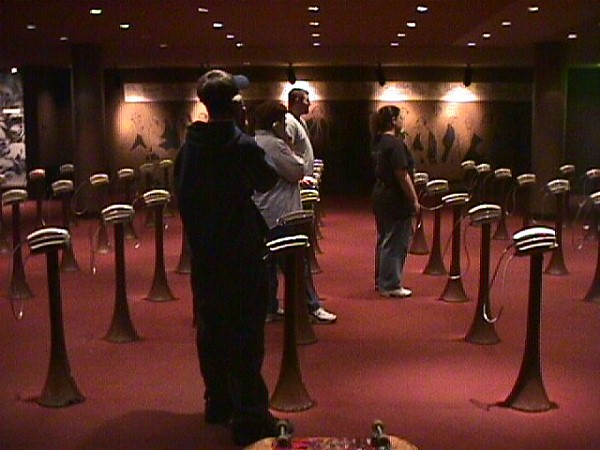Stirling's Muses Part II 5698
Altes Museum
Museum for Nordrhein Westfalen
Stirling's Muses Part III
Wallraf-Richartz Museum
Palais des Congrès
| |
1998.01.04
notation of existing Campo Marzio texts - Tafuri 2
Here are more Tafuri descriptions of the Ichnographia of the Campo Marzio as found in The Sphere and the Labyrinth:
a. a fully developed and articulated metaphor of the machine-universe.
b. polemical and self-critical.
c. a formless heap of fragments colliding one against another.
d. a formless tangle of spurious organism.
e. a homogeneous magnetic field jammed with objects having nothing to do with each other.
f. a kind of typological negation.
g. an "architectural banquet of nausea."
h. a semantic void created by an excess of visual noise.
i. a virtual catalogue
j. a typological sample book. 19051702
1998.01.07
more texts from Tafuri 2
"And thus the cause of the "decline and fall" is one alone--the loss of republican freedoms and the advent of a laxist aristocracy. The Piranesian "labyrinth" begins to give itself a political significance, cleverly disguised.
The ambiguity of the Campo Marzio now becomes evident; it is at once a "project" and a denunciation. As a disenchanted documentation of the impossibility of an unambiguous definition of language, it--projecting this situation into the past--sounds like a merciless satire of the infinite capacity of late-baroque typology to reproduce itself metamorphically. (The fact that in the Campo Marzio the allusion to baroque typologies is filtered through a classicist geometrism fools no one; it is simply a means of rendering metahistorical and universal the polemic already begun.) Inasmuch as it is--despite everything--an affirmation of a world of forms, the Campo Marzio, precisely because of the absurdity of its horror vacui, becomes a demand for language, a paradoxical revelation of its absence.
Negation and affirmation cannot split apart. The "naïve dialectic" of the Enlightenment is already superseded.
The "great absentee" from the Campo Marzio, then, is language.
The absolute disintegration of formal order, of what remained of the huminist Stimmung, of its sacred and symbolic values--and, above all, of perspective as a symbolic instrument for the quantitative control of space--logically also affects the subject of Piranesi's work: the relationship between history and the present. On one side, there is painstaking , scientific study of archeological findings; on the other, the most absolute arbitrariness in their resolution. (In this respect, after all, the Campo Marzio is anything but an exception in Piranesi's work.) History no longer offers values as such. Subjected to a merciless inspection, it is revealed as a new principle of authority, which as such must be disputed. It is the experience of the subject that establishes values; in this, already lies all the aspiration to the negative polemic of romanticism. Is Piranesi the "archeologist" interested in caves, underground passages, and substructures purely by chance, then? Rather, cannot this interest in "what is hidden" in ancient architecture be interpreted as a metaphor for the search for a place in which the exploration of the "roots" of the monuments meets with the exploration of the depths of the subject?
Manfredo Tafuri, The Sphere and the Labyrinth - Avant-Gardes and Architecture from Piranesi to the 1970s (Cambridge: The MIT Press, 1987), p. 38.
| |
1998.01.27
extruding in Arris
I just found out today that I can place a window around any set of lines and they will extrude -- I no longer have to trace the lines first. This is a tremendous function that I always wanted, and now I have to consider all the instances where I can now use this function. Of course, this has major implications in all kinds of areas, because I can now also rotate by window.
The first place I see this now being used is to generate a base 3-D model of the Ichnographia Campus Martius. I can extrude any and all the walls and stairs, as well as rotate any and all curved elements, including stairs. The only thing I can't do automatically is give closure to the elements (but I still have to do some research on that). If I started to do just one hour of Ichnographia extrusion and closure work a day, I would very quickly have a 3-D model (and that would be almost unbelievable). All I have to do is play around a bit until I see a good working process develop.
The second use for this is to get an opaque railing for the Altes Museum. This function actually solves everything, and I will no longer have to worry about not having the railings present in the opaque views.
Overall, I am excited about the time that this function is going to save me. Also, this means that any plan data that I currently have is automatically extrudable, e.g., the Mayor's House. If nothing else, this function may lead me into a design methodology whereby I design specifically with the quickness of this function in mind. I should go through all my plans and see what I can just start extruding.
| |
1998.04.29
satirically reenacting the misadventures of Messalena
Piranesi places the fictitious horti Luciliani where the horti Lucullani ought to be, and places the horti Lucullani at a location further north. 2726
1998.05.10
 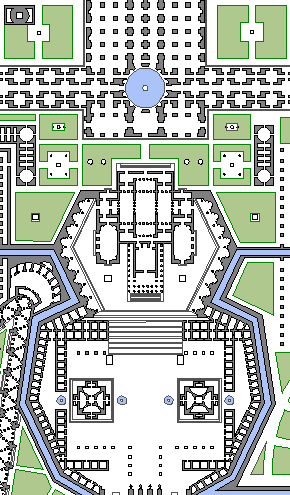
e2917
e3044
|




